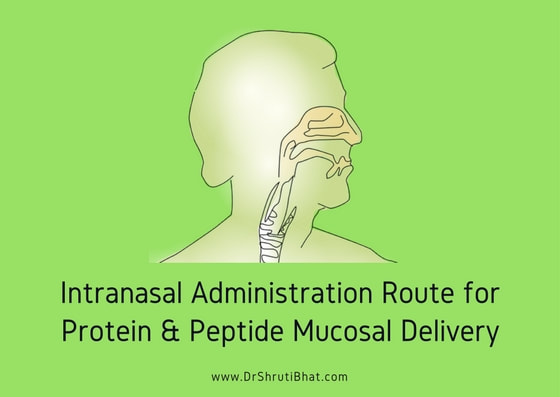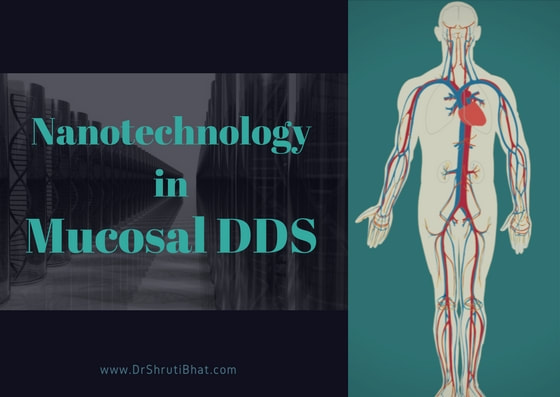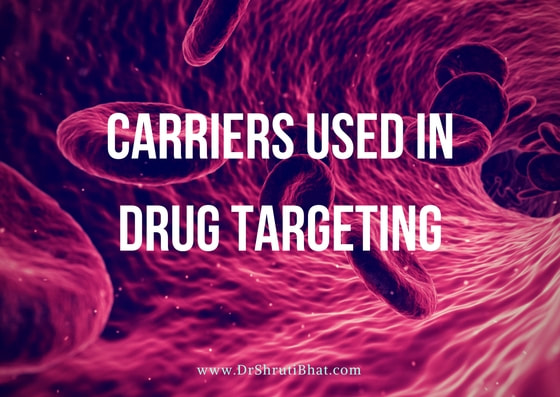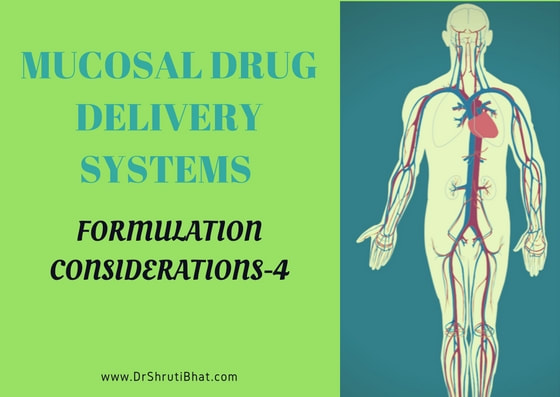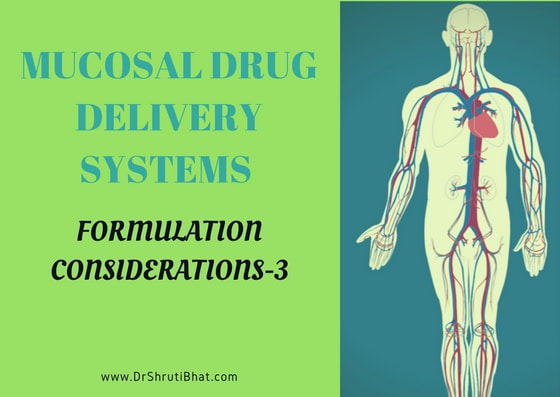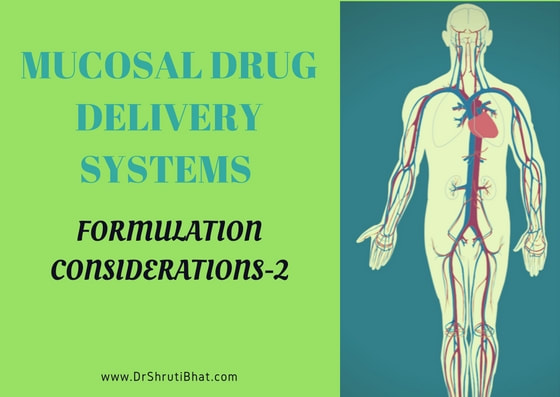Commercial success was often determined by the intensity of the sales and marketing effort behind the product, which resulted in an “arms race” (a battle for maximizing share of voice by investing in larger and larger sales teams) and the emergence of “blockbusters.”
The last 10 years have seen a seismic shift in the dynamics of pharmaceutical sales and marketing. The return on investment in sales force expansion is shrinking, causing almost all major pharmaceutical companies to reduce their head counts. Further, it is increasingly evident that the market and regulators are interested in new therapies that address an unmet need rather than yet another product in an existing class of molecules with little or no clinical or economic benefit.
Over the last few years, most of the innovations in pharmaceutical development have been only incremental — for most indications, there are significant therapy options available and it is unlikely that a radically better “wonder drug” will become available soon. Consequently, a disproportionate amount of ongoing research and development (R&D) effort has gone into products already in the market to expand the spectrum of indications where they can be used. A look at the number of drugs approved by the US FDA over the years indicate 35 new drugs approved in 2005 as against only 20 last year. The decline in approvals is a clear indication of how difficult it will be for pharmaceutical companies to continue to show revenue growth in future.
As they grapple with shrinking pipelines, stricter safety requirements of the regulator, and spiraling costs to bring a product to market, pharmaceutical companies need to ensure that their products genuinely fulfill an unmet market need. Therefore, it is imperative that the R&D effort follow a “market to lab” approach—one that reverses the conventional approach used over the last few decades.
Aligning the organization to the Goals of Clinical Development-
Clinical R&D is a complicated process involving several steps and multiple stakeholders, both internal and external, in a pharmaceutical organization. Over the last 50 years, the journey of a product from laboratory to the market has not only become more arduous and time-consuming, but also more risky. Furthermore, since more and more clinical development plans (CDPs) include global, multi-centric clinical trials, their formulation and execution are broken into several sub-elements, each of which have become the responsibility of different functional silos in a pharmaceutical company. Consequently, clinical R&D at present involves stakeholders from the strategic, marketing, sales, medical, R&D, clinical operations, regulatory affairs, documentation, and health economics teams.
Given that the collective objective of all the teams involved in the CDP is to achieve a desirable Target Product Profile (TPP) and therefore a superior product label, pharmaceutical companies must ensure that all stakeholders are aligned and share a common line of sight to the end objective. This is not always easy, but is a critical challenge that must be overcome. Failure to do so runs the risk of a CDP not being in step with current and future market needs, and oblivious to the competitive scenario in the future.
The essence of “claims-based R&D” lies in taking a backward “market to lab” approach so as to ensure that the CDP is designed to address specific unmet market needs. It also involves the systematic benchmarking of a product’s CDP to current and future competition while continuously evaluating scientific and market threats and opportunities. It involves the integration of multiple inputs to develop the CDP and then prospectively simulate the likely TPP of the product and a SWOT analysis vis-à-vis its inline and pipeline competitors.
The Process of Developing a CDP-
The process of claims-based R&D is iterative since it attempts to temper the desire to develop an “ideal” product with scientific and operational feasibility. With the ever-growing volume of information and data available in the secondary domain, it is now possible to pursue claims-based R&D to a far greater level of granularity than before. It also enables TPP simulation on a near real-time basis as pivotal information becomes available.
Customer Insights-
In an earlier era of pharmaceutical development, unmet market needs were determined almost exclusively from the opinions of physicians and medical key opinion leaders (KOLs). In the modern era, however, there has been a significant shift in the level of influence exerted by different stakeholders (customers) on the patterns of pharmaceutical consumption. These stakeholders (customers) include the patient, the payor, and the regulator.
While pursuing claims-based R&D, it is critical to ensure that the insights and opinions of all the key stakeholders (customers) are accurately captured so that the product(s) developed can genuinely claim to deliver a clinical and/or economic benefit.
These insights are most often captured through primary research and intelligence initiatives, which include engagement with physician groups, patient and caregiver groups, insurance agencies, etc. However, such initiatives can be effectively complemented by research of secondary sources of information such as online patient discussions boards and transcripts of regulatory proceedings.
Scientific Insights-
The volume of scientific research has been growing at an astounding rate. A search on www.pubmed.com (the online index of the National Library of Medicine) reveals that approximately 725,000 articles were published over the last year alone. Journal articles and congress presentations constitute a wealth of information about cutting-edge scientific developments.
A thorough analysis of such publications and academic congresses is critical at the time of developing a CDP and simulating the TPP because:
- It serves as an advanced warning system about novel scientific developments that could threaten to make obsolete a particular product.
- It could reveal alternate approaches to addressing the unmet clinical need at an early stage, and therefore throw up opportunities for partnerships or ideas for development
- It presents the successes and failures of competitive development programs, thereby sparing a lot of unnecessary effort and investment
- It is a good source to unveil new information about the epidemiology of a disease and therefore the size of the addressable market opportunity.
Competitor Insights-
Ultimately, pharmaceutical R&D needs to be viewed in the context of competition because of the underlying commercial objectives associated with the process. Consequently, an understanding of the development, licensing, and marketing strategies of the competition constitutes a critical input into the development of the CDP.
It is important to note that competition needs to be viewed not merely in today’s context but also in context of what lies ahead. Therefore, it is recommended that any CDP and its derived TPP be benchmarked to the claims and positioning strategies of competitive products already in the market as well as the likely claims and strategies of pipeline products.
Fortunately, substantial amount of information about clinical trials—completed and ongoing—is available in the public domain through sources such as product labels and clinical trial registries. The main source for clinical trial information is www.clinicaltrials.gov (the official site of the US FDA), which contains several essential details about all registered clinical trials.
Although the information is accessible through sources such as the ones cited above, it is essential to note that deriving insights, simulating competitive claims, etc., is an exercise that requires substantial human expertise.
The Ideal Target Product Profile-
As a first step of an iterative process to design a CDP, it is recommended to build an “ideal TPP.” To do this, one would need to integrate the various insights and inferences described above and evolve a TPP that would address all the unmet needs of the market while also yielding superior marketing claims across all product attributes.
Therefore, an “ideal TPP” would represent best-in-class performance for efficacy, safety (ideally, would result in no adverse effects), tolerability, convenience, drug and food interactions, and perhaps, even cost. In addition, the “ideal TPP” would cover a wider patient population than all competitors.
The Real Target Product Profile (TPP)-
Much as we may aspire for an “ideal TPP,” it is necessary to recognize that in the real world, we cannot get every product attribute we desire. Therefore, we must modify the “ideal TPP” by prioritizing the attributes and claims that the CDP must focus on and compromising on others to arrive at the “real TPP.” This can be done by classifying the product attributes in the “ideal TPP” as either essential or desirable.
The essential features of the TPP would represent a set of product attributes that represent either superiority over competing products or, at the very least, non-inferiority to competing products. Without these features, the product would enjoy no unique selling point when launched.
The desirable features of the TPP would represent additional product attributes that could enhance the product’s marketability. These additional attributes could include some side indications, tolerability improvement, application for specific subpopulations, or even improved product stability. They all represent features that are not absolutely mandatory for commercial success but would certainly amplify the claim of superiority.


